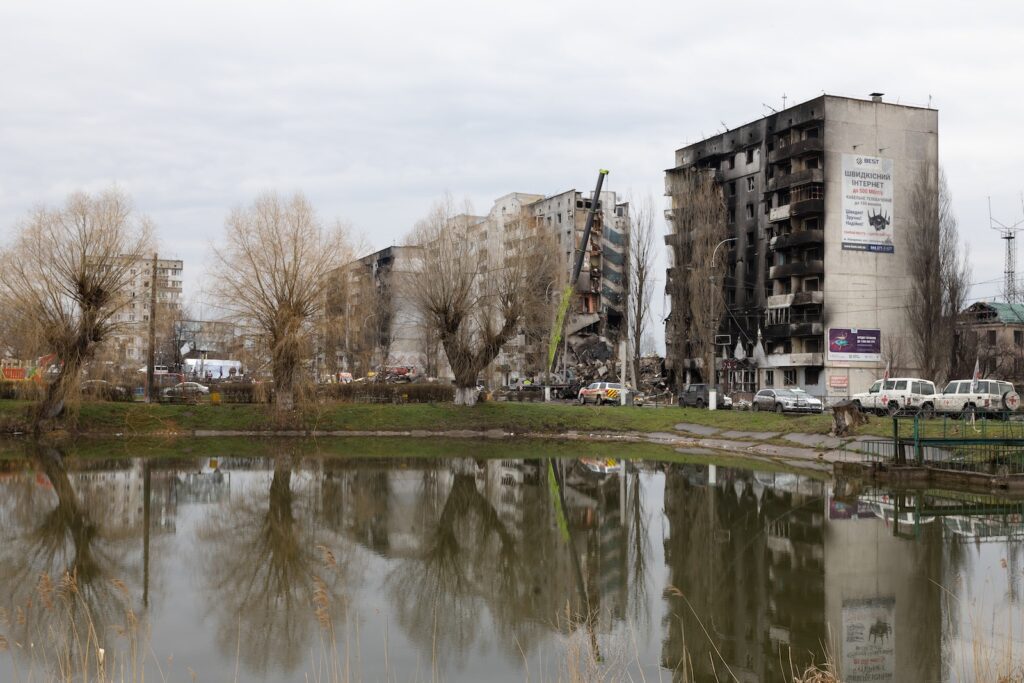A. Definition of urban survival
Urban survival refers to the skills, knowledge, and techniques needed to safely navigate and endure challenging situations in a city environment, such as civil unrest or natural disasters.
B. Importance of preparedness during civil unrest or disaster
Preparedness is crucial for ensuring the safety and well-being of urban residents during times of crisis. A well-prepared individual can make informed decisions, acquire essential resources, and ultimately increase their chances of survival.
C. Overview of strategies covered in the article
This article will discuss various strategies for urban survival, including assessing the situation, securing shelter, acquiring resources, navigating the landscape, establishing communication, personal safety, and planning for long-term survival and recovery.
Assessing and Understanding the Situation

A. Monitoring news and official communications
Monitor local news, radio broadcasts, and official government communications. Social media platforms and emergency alert systems can also provide valuable updates.
B. Identifying potential risks and hazards
Evaluate your environment and identify potential hazards, such as damaged infrastructure, fires, or areas of civil unrest. Familiarize yourself with local emergency plans and procedures.
C. Evaluating the scale and duration of the crisis
Determine the severity and potential duration of the crisis. This information will help you make informed shelter, resources, and long-term planning decisions.
Securing Shelter and Establishing a Safe Zone
A. Choosing a suitable location
Criteria for an ideal shelter
An ideal shelter provides protection from the elements, concealment from potential threats, and access to essential resources such as water and food.
Adapting to available options
In some situations, you may need to adapt to options, such as converting a storage unit or abandoned building into a makeshift shelter.
B. Reinforcing and securing the shelter
Barricading entry points
Barricade doors and windows to prevent unauthorized entry. Use heavy furniture, sandbags, or other available materials.
Creating escape routes
Establish multiple escape routes and rehearse evacuation procedures in case of emergencies.
Acquiring Essential Resources
A. Finding and storing water
Identifying safe sources
Locate safe water sources like rivers, lakes, and municipal water supplies. Collect rainwater if necessary.
Purifying and conserving water
Boil, filter, or chemically treat water to ensure its safety. Conserve water by reusing greywater and minimizing usage.
B. Food acquisition and storage
Scavenging and rationing
Search for non-perishable food items in abandoned buildings, stores, or other locations. Ration food to ensure it lasts as long as possible.
Identifying local edible plants
Learn to identify edible plants in your area and harvest them responsibly.
C. Obtaining medical supplies and basic healthcare
First-aid kits and essential medications
Assemble a first-aid kit containing bandages, gauze, antiseptic, and essential medications.
Treating injuries and illnesses
Educate yourself on basic first aid procedures and the treatment of common illnesses.
Navigating the Urban Landscape
A. Recognizing and avoiding dangerous areas
Identify areas with ongoing violence, hazardous materials, or other dangers, and avoid them when possible.
B. Utilizing stealth and camouflage techniques
Blend in with your environment and move discreetly to minimize the risk of detection.
C. Employing alternative transportation methods
Consider alternative means of transportation, such as bicycles, skateboards, or even boats, to navigate the city.
D. Creating and using maps
Create detailed maps of your area, including landmarks, resources, and potential hazards. Keep both digital and physical copies for reference.
Establishing Communication and Building a Support Network
A. Staying connected with loved ones
Maintain contact with family and friends through phone calls, text messages, or social media. Establish predetermined meeting points and communication protocols in case of separation.
B. Collaborating with neighbors and the local community
Work with neighbors and community members to pool resources, share information, and provide mutual support.
C. Using technology to access information and resources
Utilize smartphones, computers, and other devices to access valuable information, such as maps, emergency contacts, and survival guides.
Personal Safety and Self-Defense
A. Identifying potential threats
Be aware of your surroundings and recognize potential threats, such as hostile individuals or groups and dangerous animals.
B. Avoiding confrontation and conflict
Avoid confrontation and conflict by maintaining a low profile and practicing conflict resolution skills whenever possible.
C. Learning basic self-defense techniques
Invest in learning basic self-defense techniques to protect yourself in case of an attack. Martial arts, pepper spray, and self-defense tools can provide added protection.
D. Carrying and using self-defense tools
Carry legal self-defense tools, such as pepper spray or a personal alarm, and familiarize yourself with their proper use.
Planning for Long-Term Survival and Recovery
A. Developing a long-term survival plan
Create a long-term survival plan that considers potential changes in the crisis and addresses your ongoing needs for shelter, food, water, and safety.
B. Adapting to changing circumstances
Be prepared to adapt your plan as circumstances change. Stay informed and be willing to modify your strategies as needed.
C. Preparing for post-crisis recovery
Plan for eventual recovery by identifying resources and opportunities for rebuilding and reintegration into society.
Final Words
Urban survival skills are essential for successfully navigating and enduring crises in the city. These skills can save lives and improve the overall quality of life during challenging times.
Preparedness and adaptability are crucial for urban survival. Planning, staying informed, and being willing to adapt can greatly increase your chances of survival.
Invest in your safety and well-being by continuously learning and practicing urban survival skills. Participate in training courses, read books, and engage with online communities to stay informed and prepared for any situation.


This article is a compelling and important read, especially considering the current global climate. It’s alarming yet empowering to understand that urban survival skills could be just as necessary as wilderness survival skills. It beautifully emphasizes the need for calm, quick thinking, and preparedness in crisis situations.